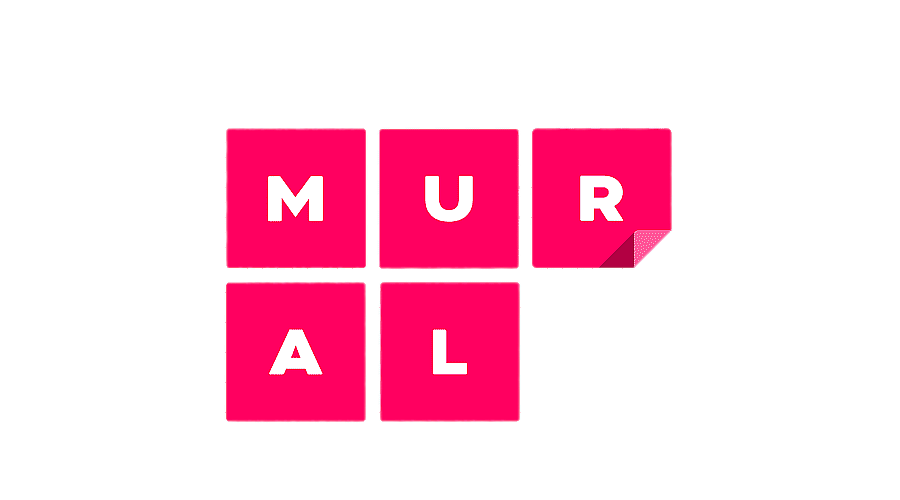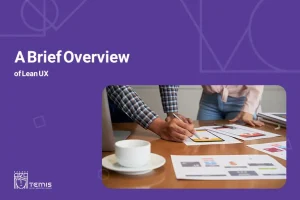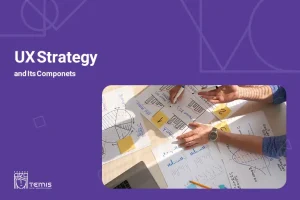A UX User Persona is a story that brings your user to life. It is a fictional character that embodies the traits, goals, needs, and challenges of a group of real users.
In this article, you will learn what User Persona is, why it matters in UX design, and how to create a successful User Persona for your UX design project.
Table of Contents
What is a User Persona?
User Persona is a fictional character that represents a specific type of user who might interact with a product or service. User Persona is based on data gathered through user research, mapping user archetypes that reflect the different needs and goals of the target user group. Each User Persona personifies a distinct class of users and helps designers to empathize with them.
“Personas are not real people but based on the behaviors and motivations of real people we have observed and represent them throughout the design process.”
Where “User Persona” Came From?
We have the known term “User Modelling” which is the subdivision of Human-Computer Interaction which describes the process of building up and modifying a conceptual understanding of the user. Now you should know there are several User Modelling Techniques some of them are:
- User-Centered Design (UCD)
- User Role
- User Segments
- Extreme Character
- User Personas
Alan Cooper originally developed the User Persona technique as a tool for software developers, but other fields, including business, marketing, and design have since adopted it. User Persona is not a precise or complete model of a user, but a simple and effective description that can guide design decisions and communication within the project team.
Persona is creating profiles for a small number of users; each profile shows a composite subpopulation of users. Profile information comes from user and stakeholder interviews, reviews, and customer feedback.
“User personas, are fictional, detailed archetypical characters that represent distinct groupings of behaviors, goals, and motivations observed and identified during the research phase.”
Researchers tend to argue that personas should be based on qualitative interviews with actual users and updated regularly to keep them current. Personas are often based on readily available data, demographics, or informal observations. One can use persona in many creative ways. For example, Pruitt and Adlin in their book, talked about creating life-size standees, or candy packages with persona’s details on them to encourage developer buy-in.
“The understanding of user individual characteristics might be achieved, on the other hand, by the user profile, including information related to age, gender, skills, education, experience, and cultural level. Designers define a user profile as a fictitious biographical summary, adding motivation, goals, and personalities.”
Why User Persona in UX Design Matters?
A User Persona in user experience (UX) acts like a guide, helping you make design choices that match the various needs of your users. It turns data into understandable characters, giving you a complete picture of your audience. This understanding makes it easier to create designs that not only meet practical requirements but also connect emotionally with the user. It’s not just about designing a product; it’s about creating an experience that users will truly relate to.
Cooper suggests that User Persona solves a common problem in the design process. Terms like “user” and “user-friendly” are too unclear to be useful as design models. When the concept of “the user” is fuzzy, there is a tendency to design for every possible feature, resulting in a compromise with usability issues. Cooper calls this an “elastic user” problem. Instead of referring to a vague “user’, he advises using a specific individual – a User Persona – as a reference for design. This approach helps create a design tailored to a particular person, avoiding the pitfalls of designing for a broad and undefined user group. He said:
“The more specific the persona is, the more effective they are as design tools. With more specific, distinctive details, the persona becomes a “real” person in the minds of the developers.”
Cooper stresses that User Persona serves as a tool for communication and design among designers, software developers, managers, customers, and other stakeholders. Its goal isn’t to provide an exact description or a comprehensive theoretical model of a user. Instead, it aims for a straightforward yet effective description of the user, enabling the design of the system.
Benefits of Using Persona in the UX Design Process
User Persona can elevate the outcome of your project or specifically your UX design projects by:
Providing direction for making design decisions:
User Persona is a valuable tool for designers in shaping product strategy. By deeply understanding user behavior and needs, designers can identify the target audience and make user-centered decisions about what is essential or unnecessary. This clarity helps product teams prioritize feature requests and resolve disagreements over design choices.
Personas also help prevent common design pitfalls:
- Self-referential Design: This happens when designers design as if they are making the product only for themselves, when in fact the target audience is quite unlike them.
- Elastic User: An elastic user is a generic user which means different things to different people. Designing for an “elastic user” happens when product decisions are made by different stakeholders who may define the ‘user’ according to their convenience.
It is important to note that while User Persona aids in prioritizing features, it shouldn’t be the sole tool for prioritization. The needs and goals of the business must also be considered. Striking a balance between the business and user requirements is crucial for creating a well-rounded solution.
Communicating Research Findings:
In multidisciplinary teams where members have diverse expertise and viewpoints, User Persona becomes a means of encapsulating crucial user information. It ensures that all team members and stakeholders comprehend and connect with design decisions at the same level.
How to Create a Successful User Persona for Your UX Design Project
Before explaining how to create a User Persona, it’s crucial to distinguish between Marketing Persona and Design Persona.
- Marketing Persona: Represents those who purchase products or services, mapping customer buying behavior.
- Design Persona: Represents those who use the product or service, mapping user needs to solutions.
Types of User Persona
- Lightweight (or proto-) Personas: created without new research, using insights from existing repositories.
- Qualitative Personas: Based on quantitative research with a small sample size.
- Statistical Personas: Derived from statistical analysis of survey studies with large sample sizes.
- Anti Personas: Exclude users who might misuse the product.
Creating a Successful User Persona:
Creating an effective User Persona involves more than just a name and traits. It’s an iterative process that changes throughout the design journey.
Many heuristic lists exist that are commonly used in heuristic testing. The most well-known heuristic checklist was developed over 25 years ago by Jakob Nielsen and Rolf Molich in 1990. This list was later simplified and reduced to 10 heuristics which were derived from 249 identified usability problems. In the field of instructional design, others have embraced and extended Nielsen’s 10 heuristics to make them more applicable to the evaluation of eLearning systems. UX designers tend to pull from existing lists to create customized lists for their specific context is divided into four main parts which have several steps:
Part one: Data collection and analysis of data (Steps 1, 2)
- Collect Data: Gather extensive knowledge about users through high-quality research, such as user interviews or usability testing. It is the first phase in design thinking called the “Empathize Phase”.
- Form a Hypothesis: Based on initial research, develop a general understanding of various users within the project’s focus areas.
Part two: Persona Descriptions (Steps 4, 5)
- Establish a Number: Decide on the final number of personas, usually creating more than one for each product or service.
- Describe the Personas: Develop details that express a deep understanding and empathy for the users’ needs and goals.
Scenarios for problem analysis and idea development (Steps 6, 9)
- Prepare Situations or Scenarios for Your Personas: Create engaging scenarios that describe solutions and specific situations triggering product or service use.
- Everyone Prepares Scenarios: Emphasize that people gain real value when integrated into scenarios, depicting how users interact with a future product.
Acceptance from the Organization and Involvement of the Design Team (Steps 3,7,8,10)
- Everyone Accepts the Hypothesis: Verify or reject the initial hypothesis about user differences by involving project participants.
- Obtain Acceptance from the Organization: encourage active participation from as many team members as possible, obtaining their recognition and acceptance.
- Disseminate knowledge: share persona description with all project participants, ensuring access to understanding the data.
- Make Ongoing Adjustments: Regularly revise person descriptions, adding new personas or eliminating outdated ones to keep them relevant.
Templates and User Persona Examples
Several platforms offer templates and examples of User Personas such as:
Tools for Building Effective User Personas
Popular tools for representing Personas visually like:
User Personas Sometimes Fail !!!
Sometimes even the best Presentation, PowerPoint designers or UX/UI designers create a persona that ends up not contributing to the project objectives. Below we list 4 reasons why User Personas might fail:
- Not Being Used: Lack of application throughout the project.
- Isolation: Creating personas without involving the entire team.
- Miscommunication: Team members do not understand the importance of personas
- Major Flaws: Personas not aligning with the project’s purpose.
- Lack of Updating: Failure to update personas based on changing user dynamics.
Conclusion
User Personas in UX is a technique that creates fictional characters based on real user data and uses them to guide your design decisions and communication. User Persona allows you to empathize with your users, understand their needs and goals, prioritize your features, and avoid common design mistakes.
This technique is an iterative process that requires data collection and analysis, User Persona descriptions, scenarios, and acceptance from the organization and the design team. You also need to update and adjust your User Persona regularly, as users change over time. Use various resources and tools to help you create and use User Persona in your UX design projects.

A seasoned economist with a decade of experience in the free market, specializing in macroeconomics, statistical analysis, and business analytics. I am passionate about translating complex economic concepts into actionable strategies that drive success. My track record includes managing sales, developing business strategies, and executing international projects. Proficient in Python and R programming for data-driven decision-making. Committed to leveraging my expertise to enhance economic insights and drive organizational growth.

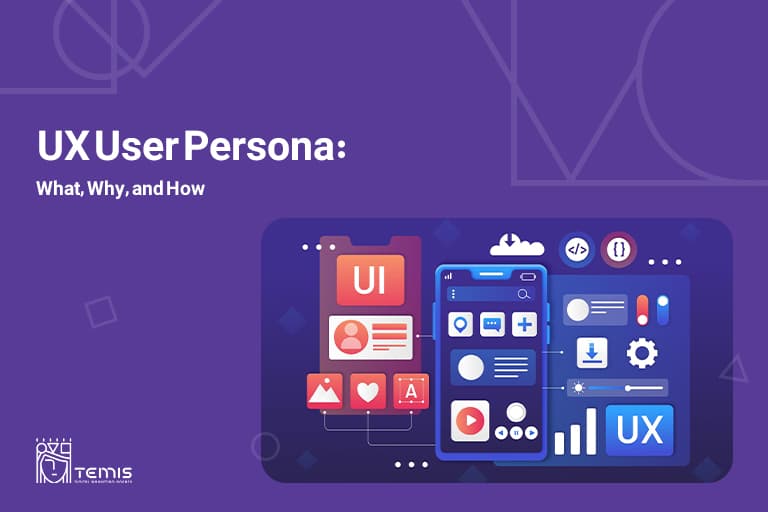


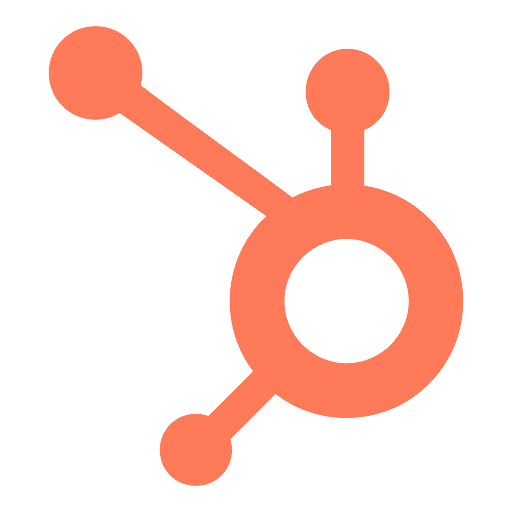
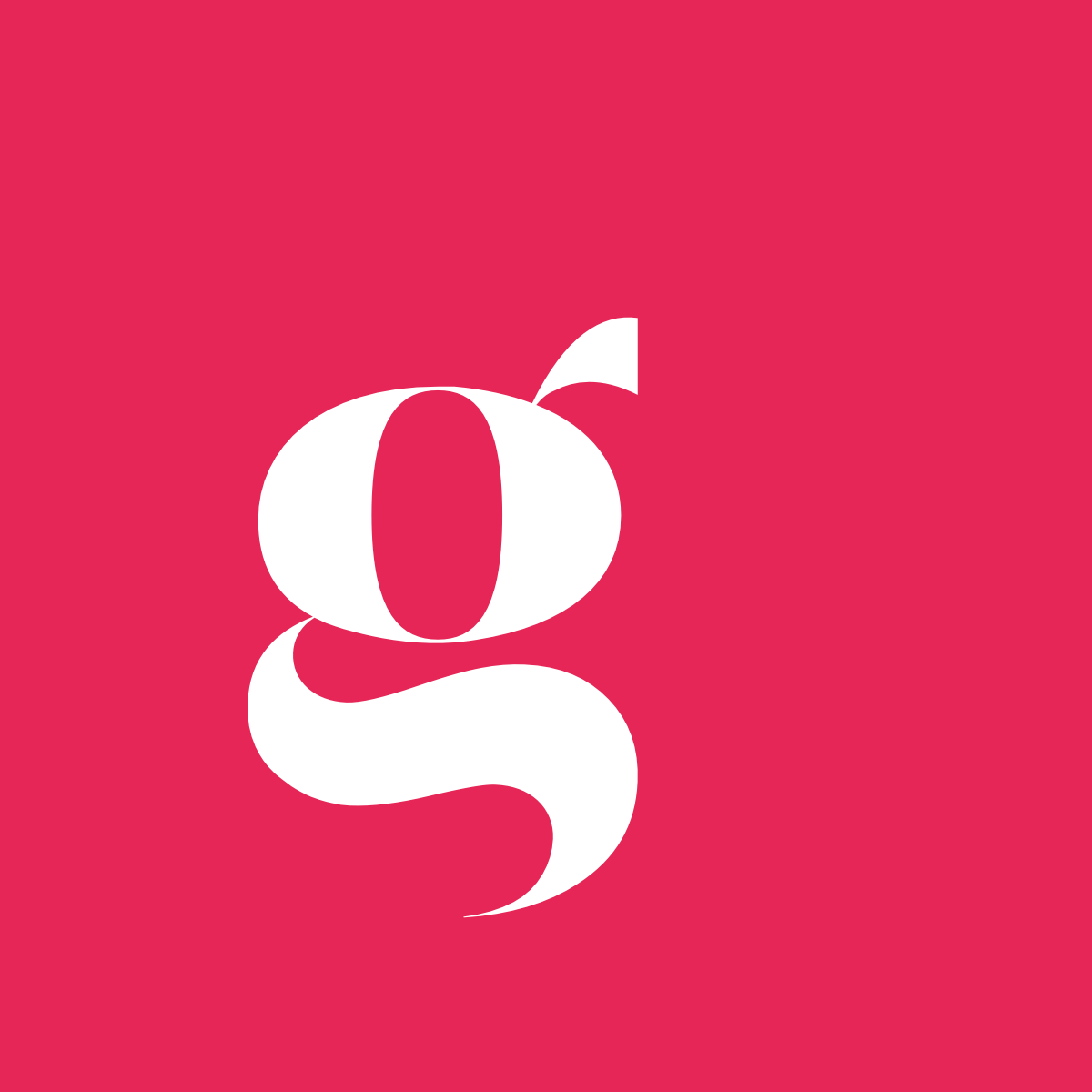
 Userforge
Userforge


